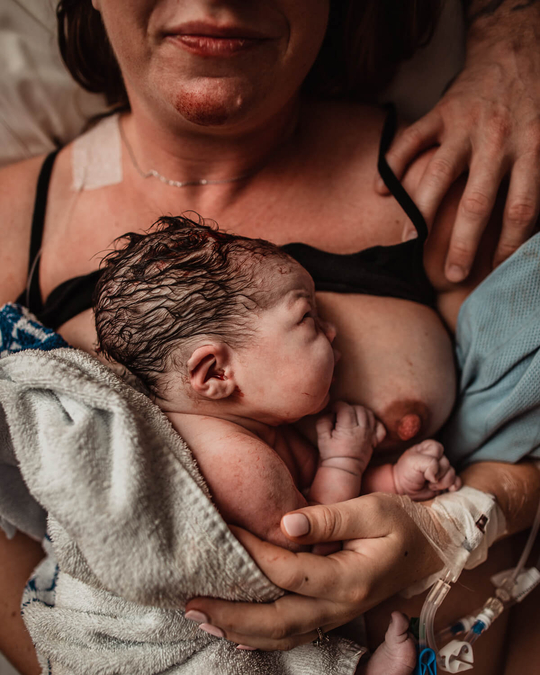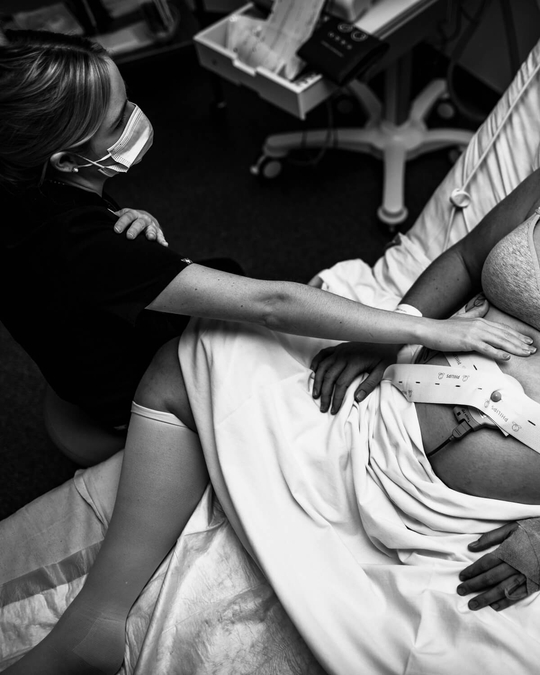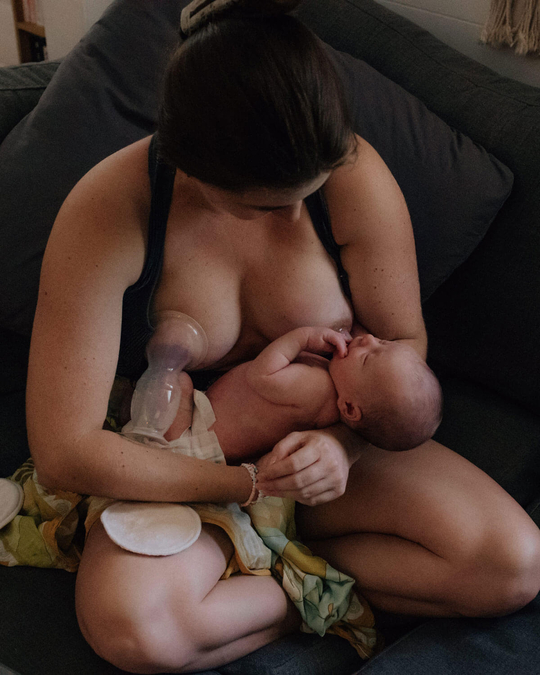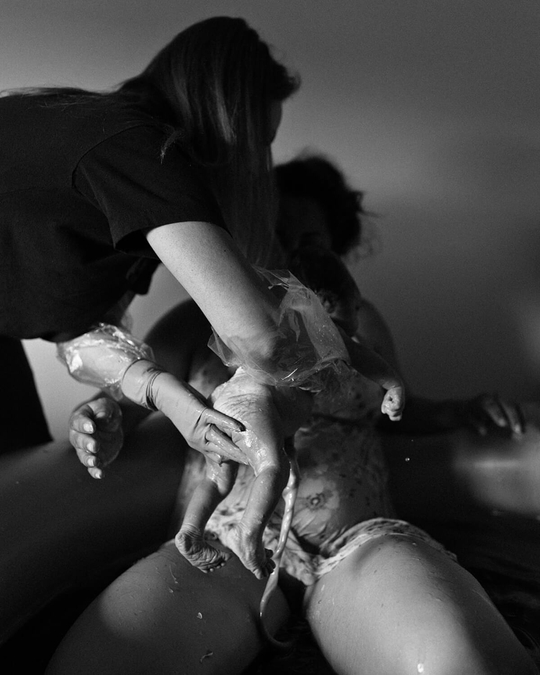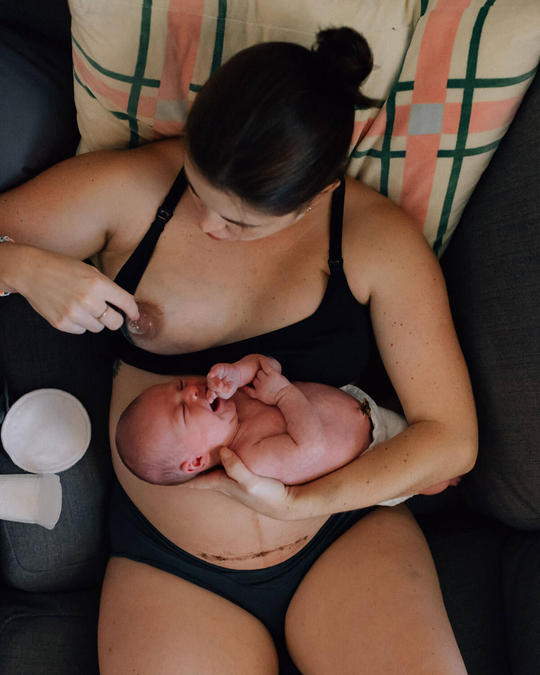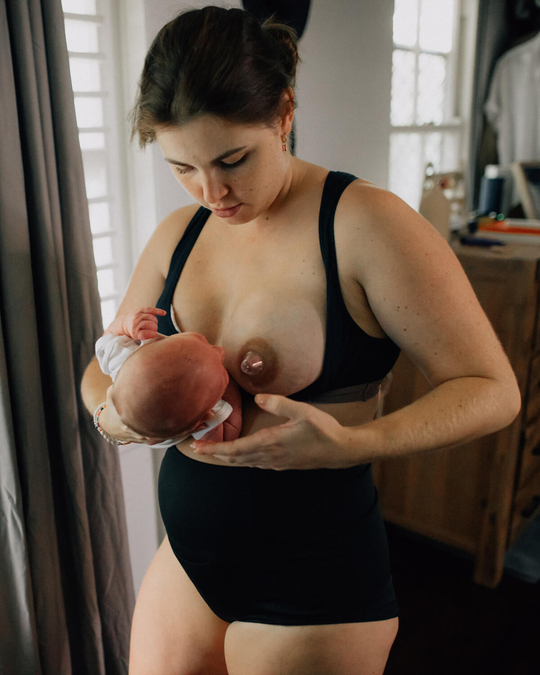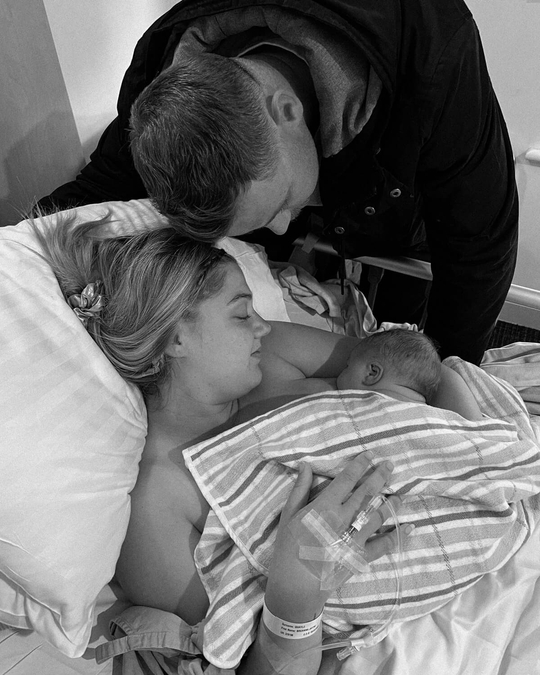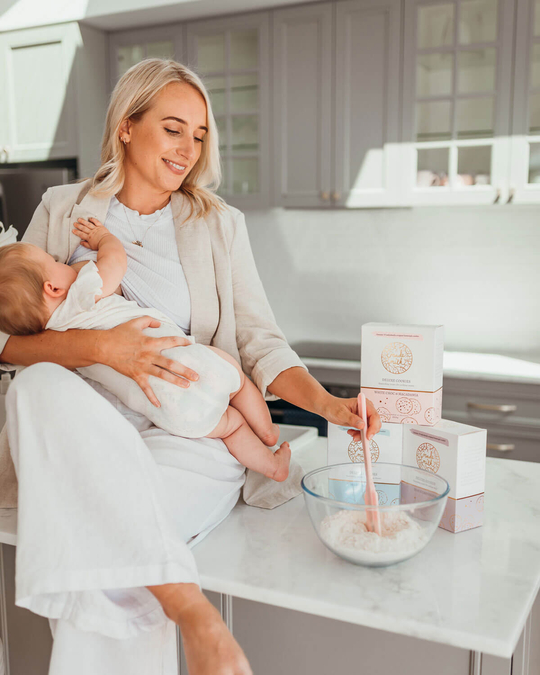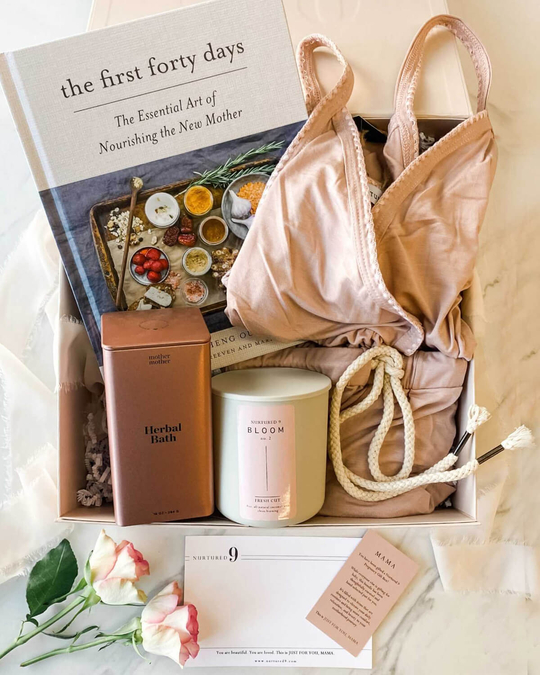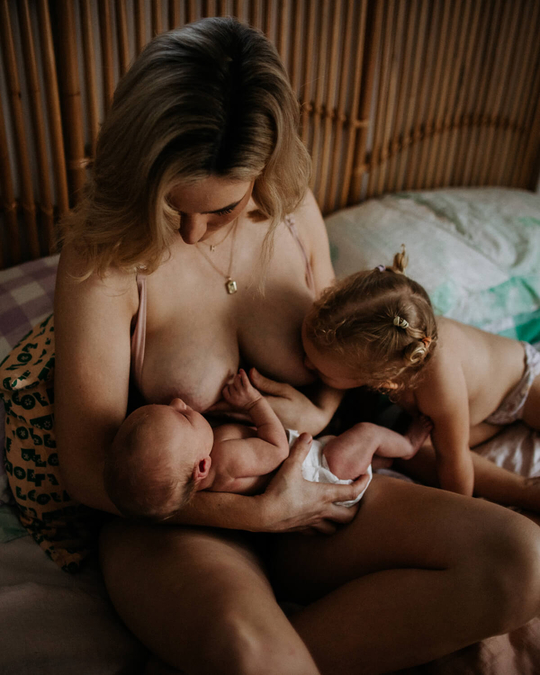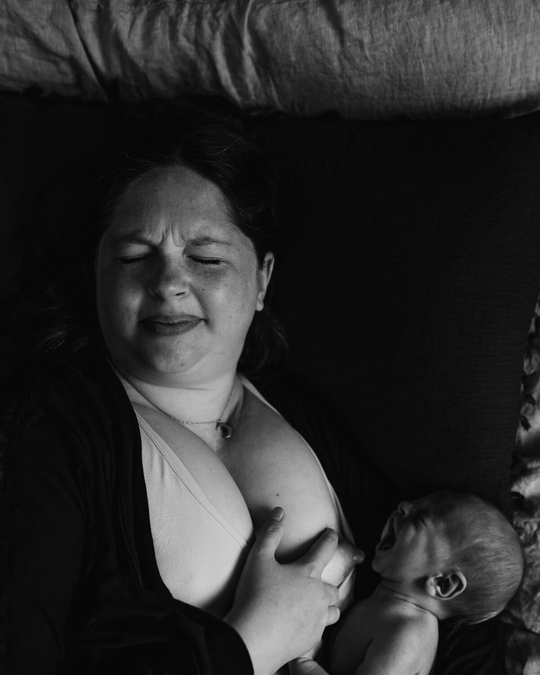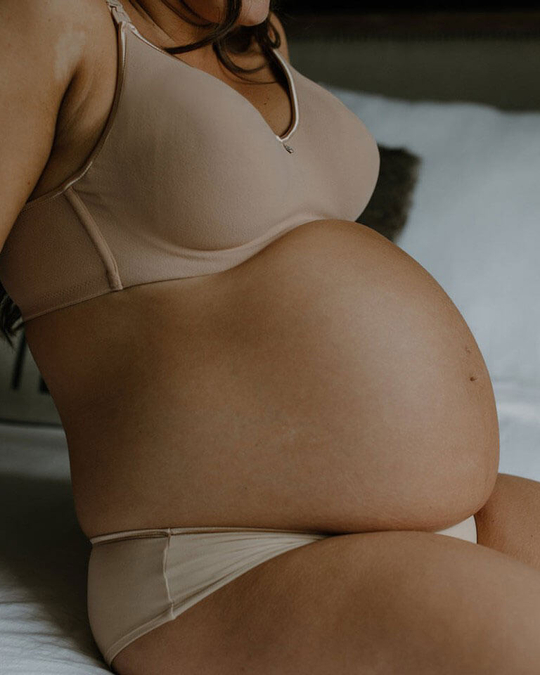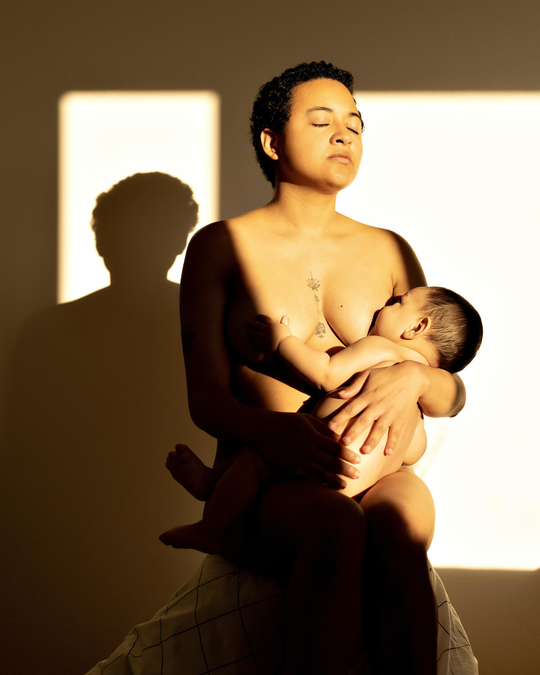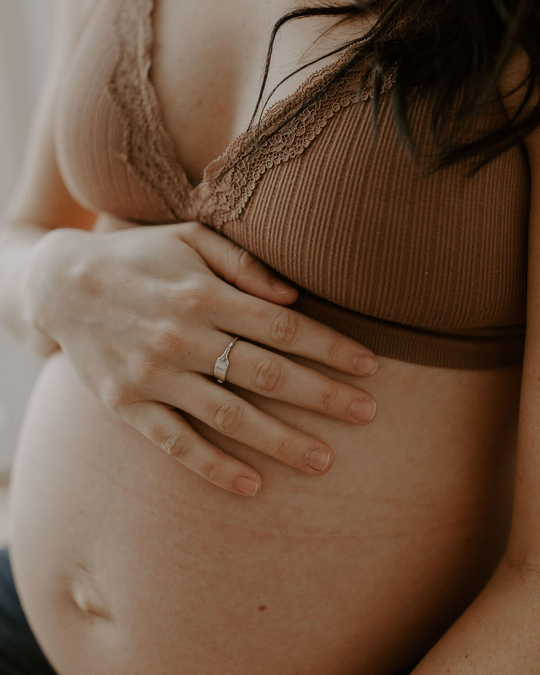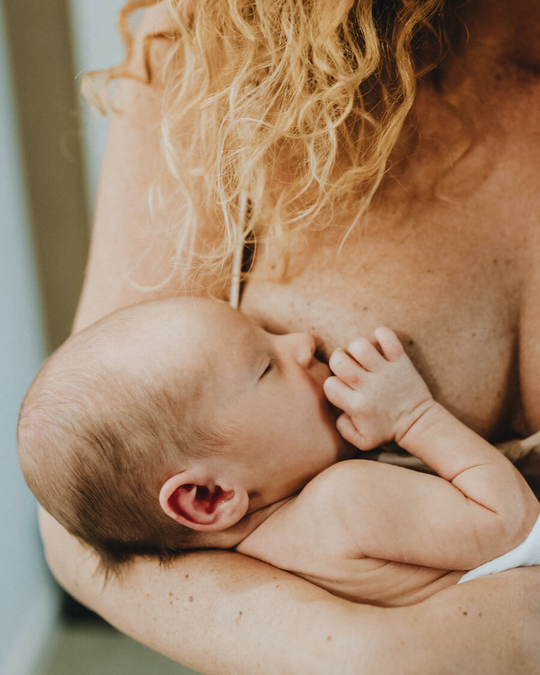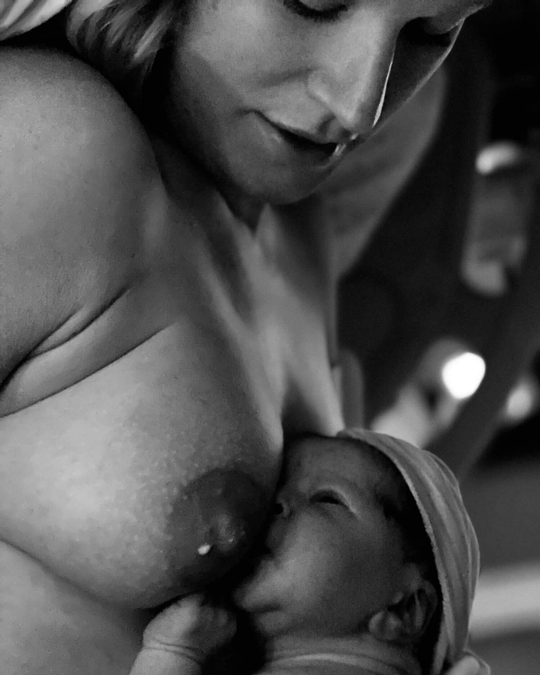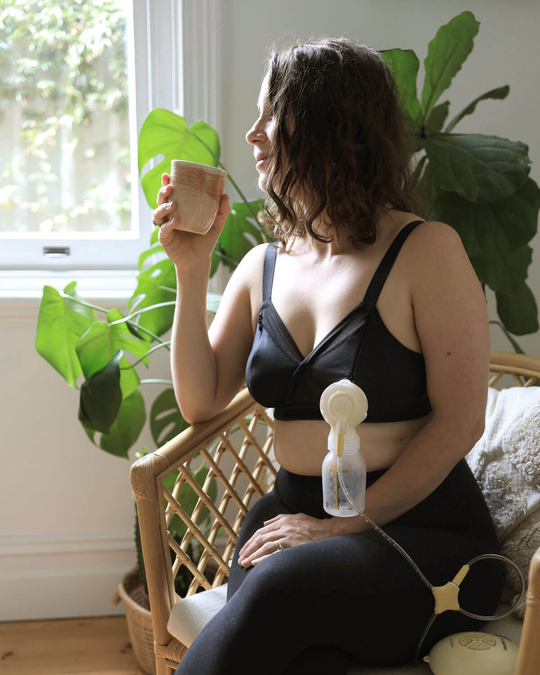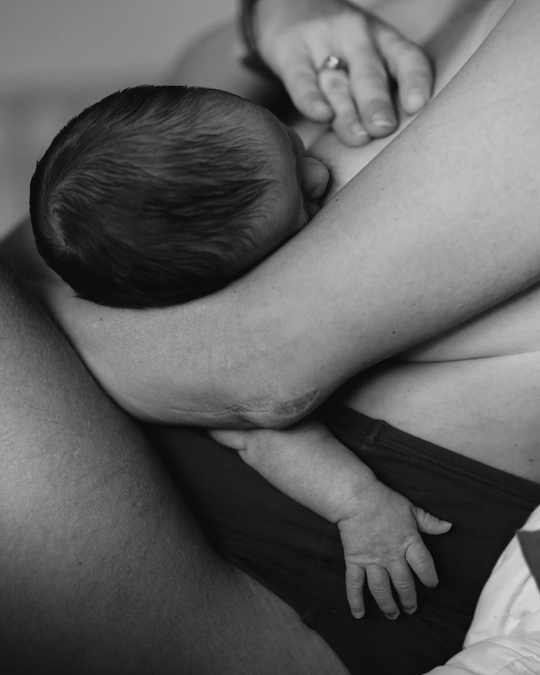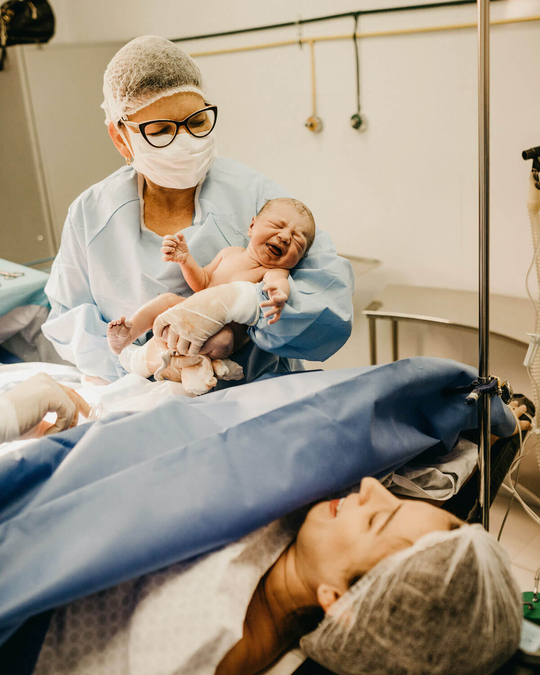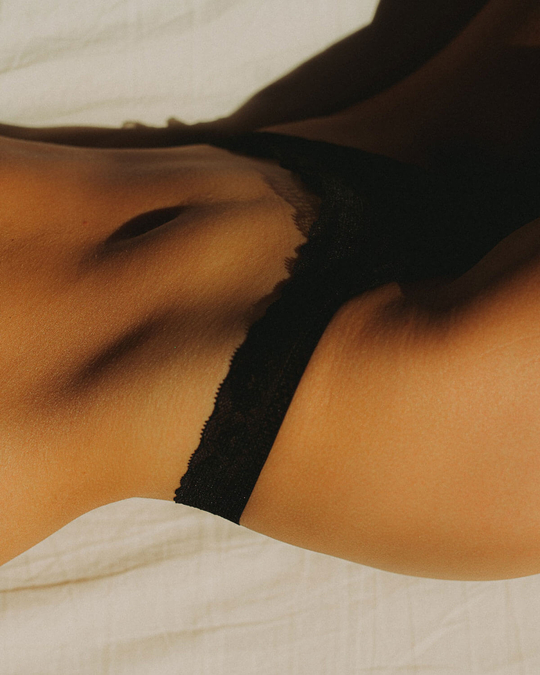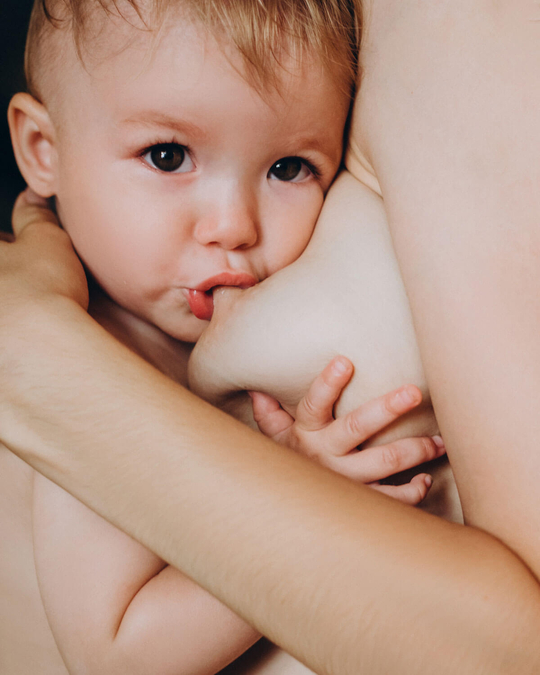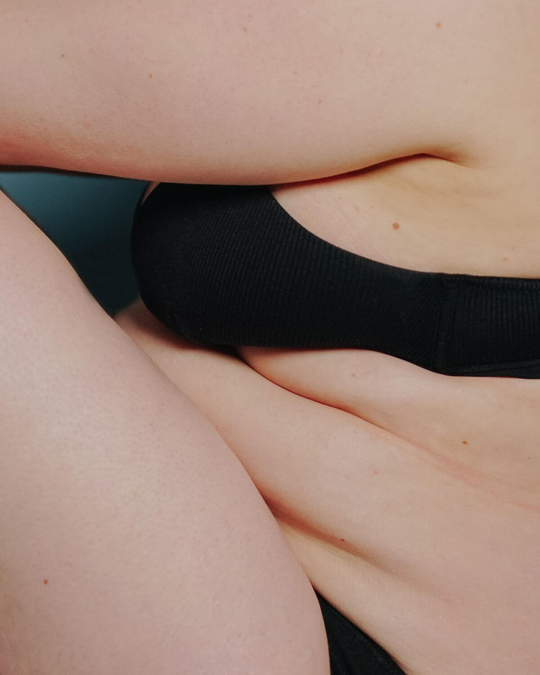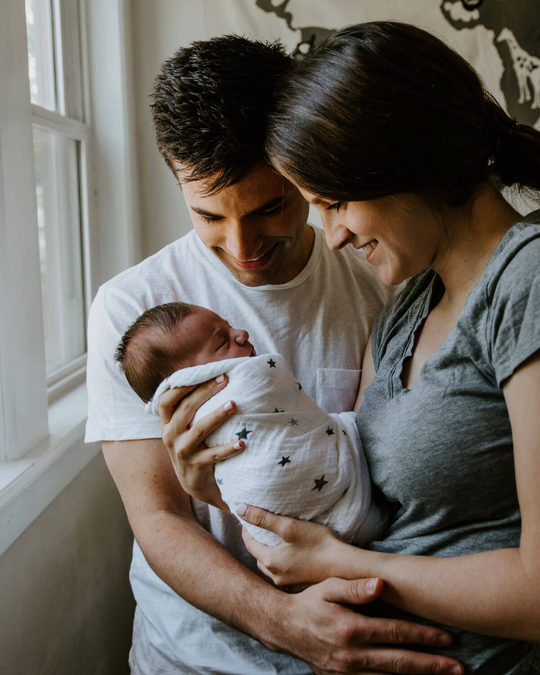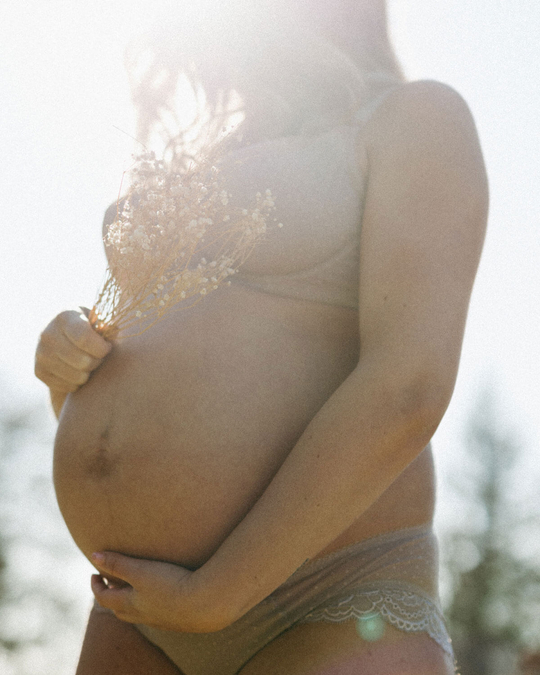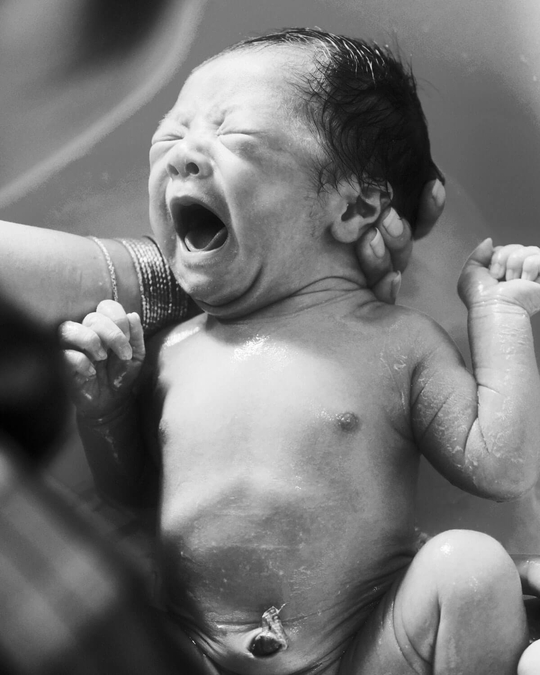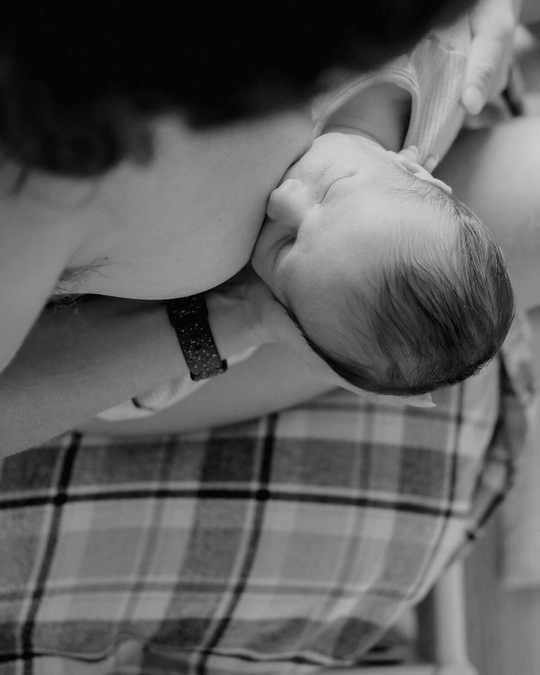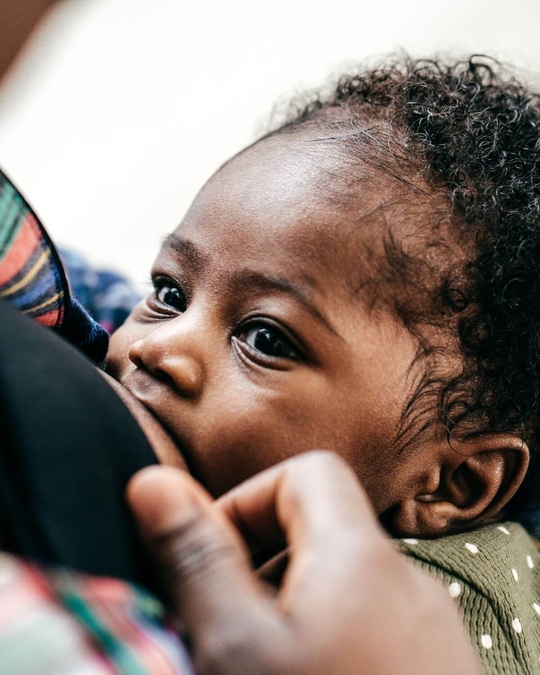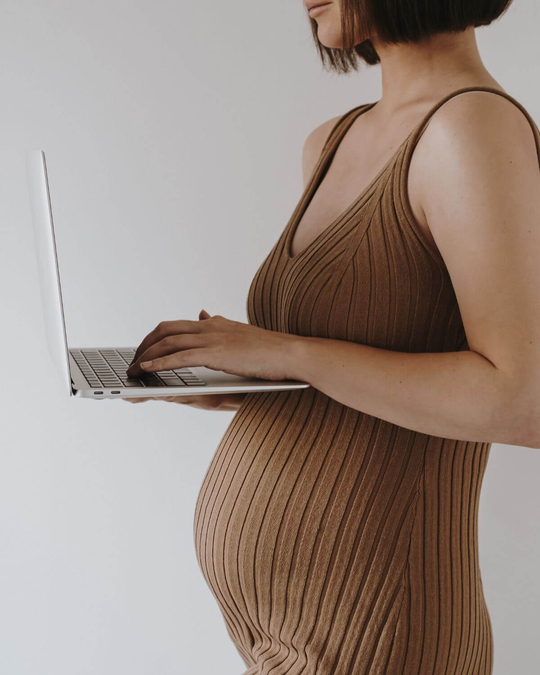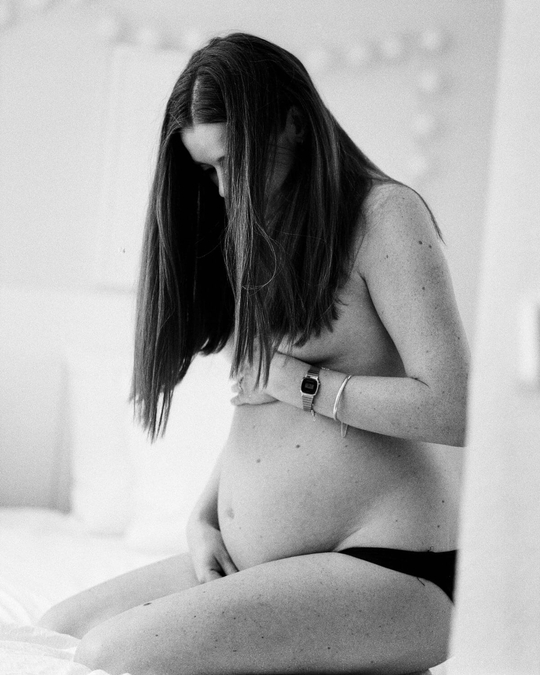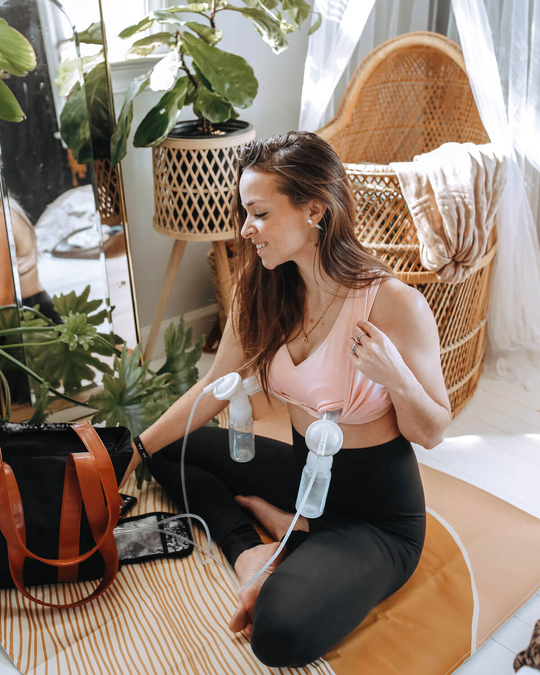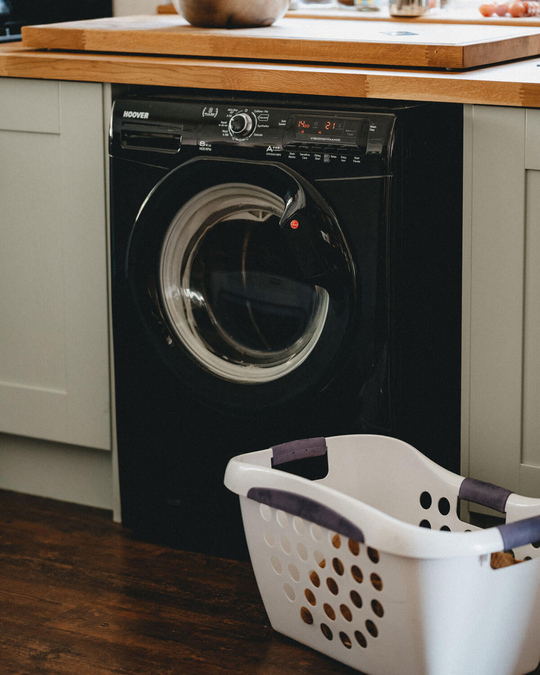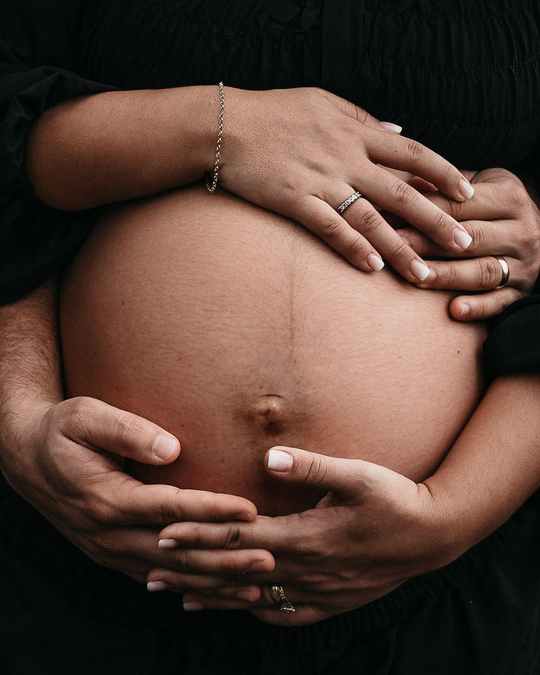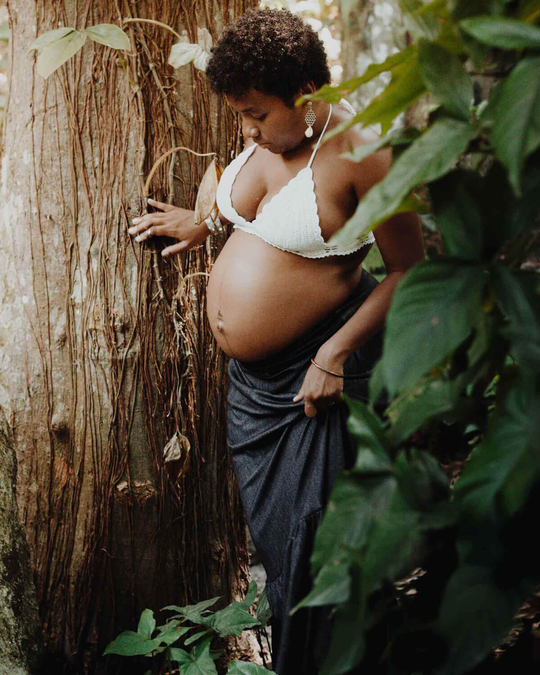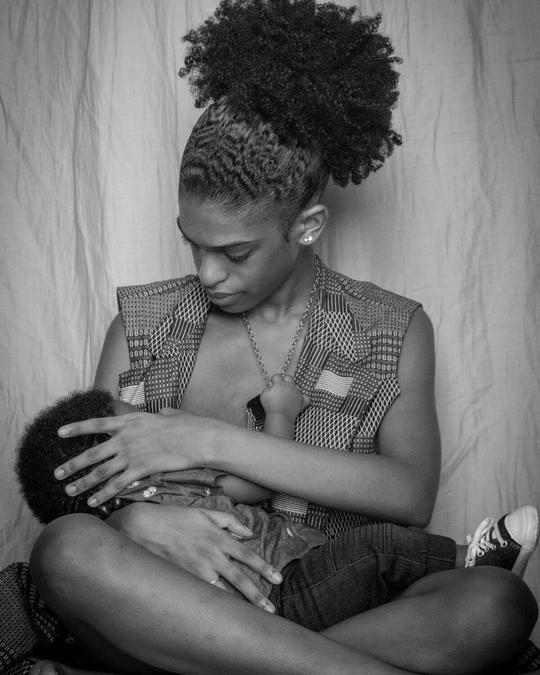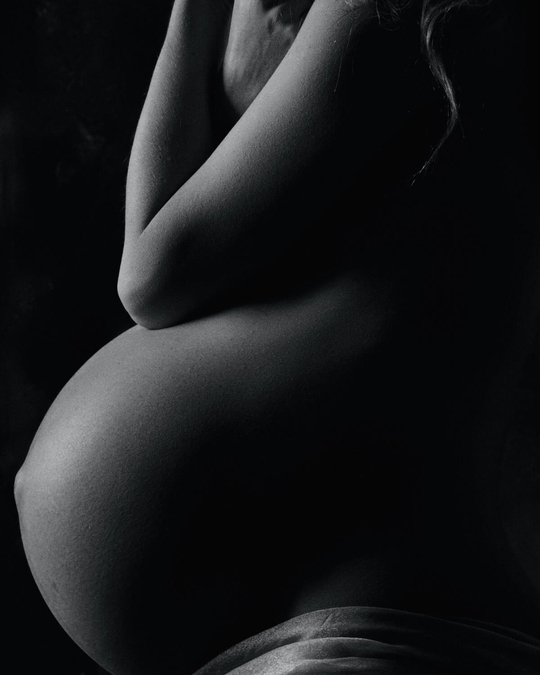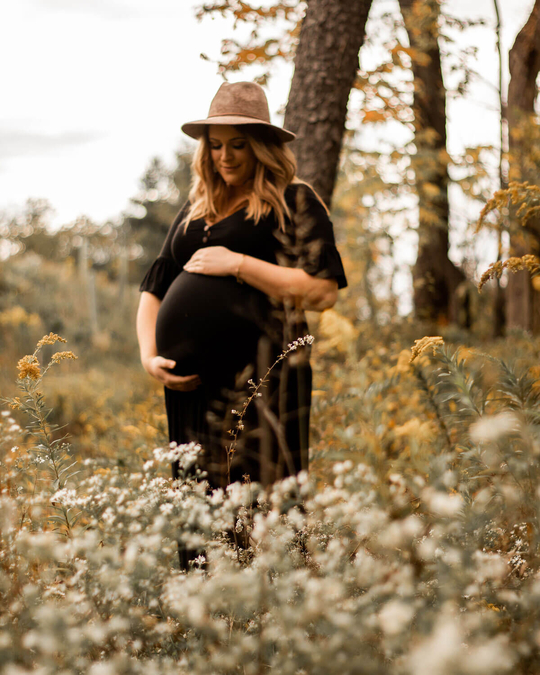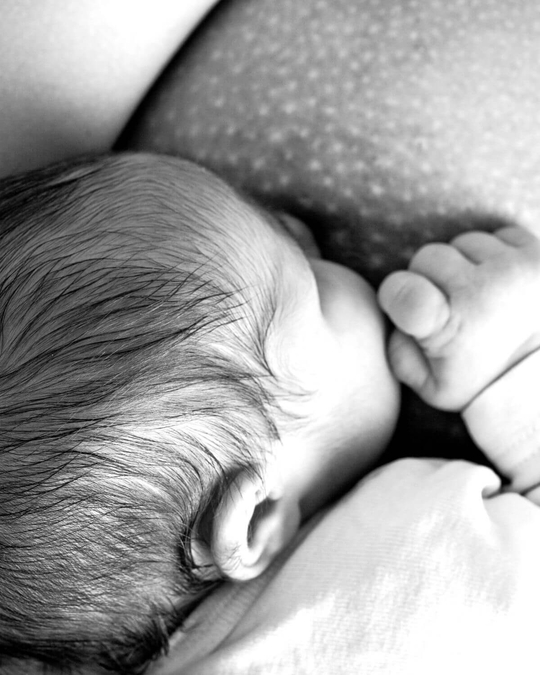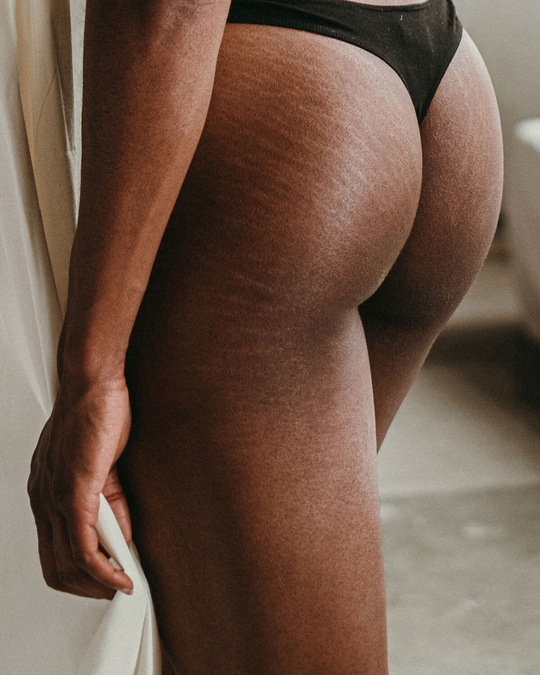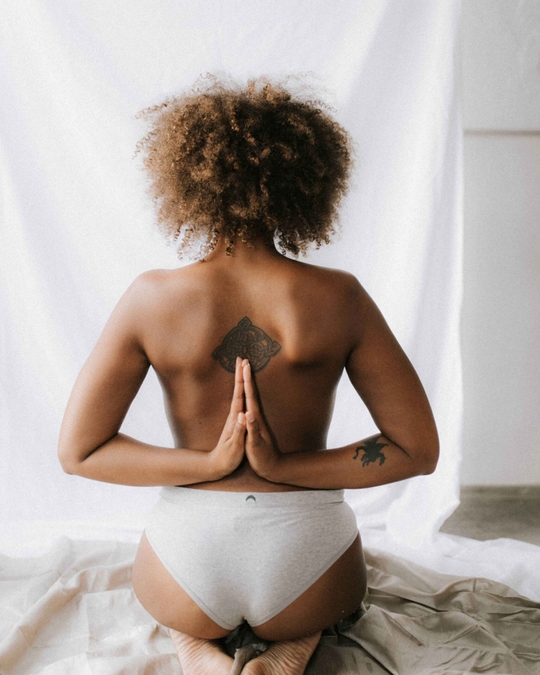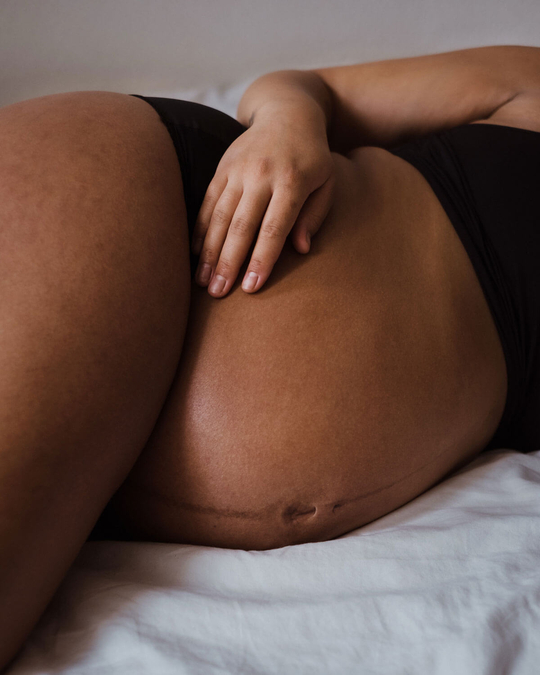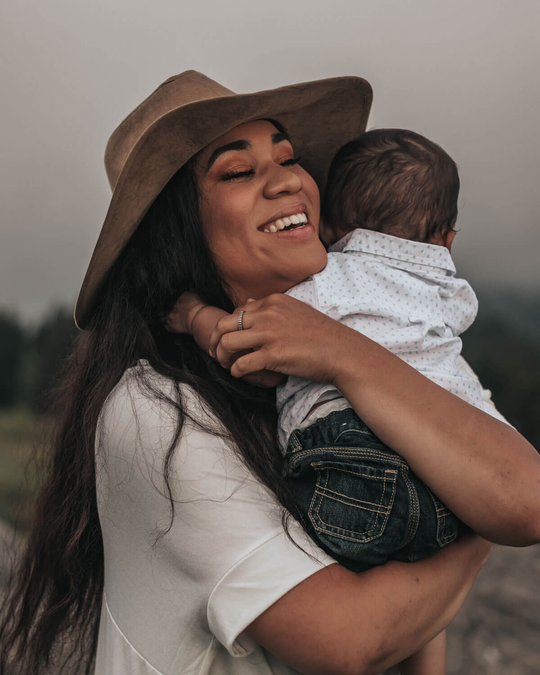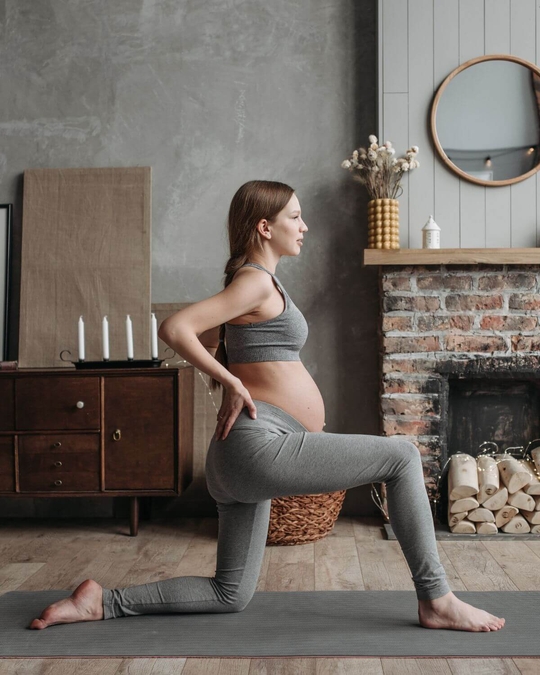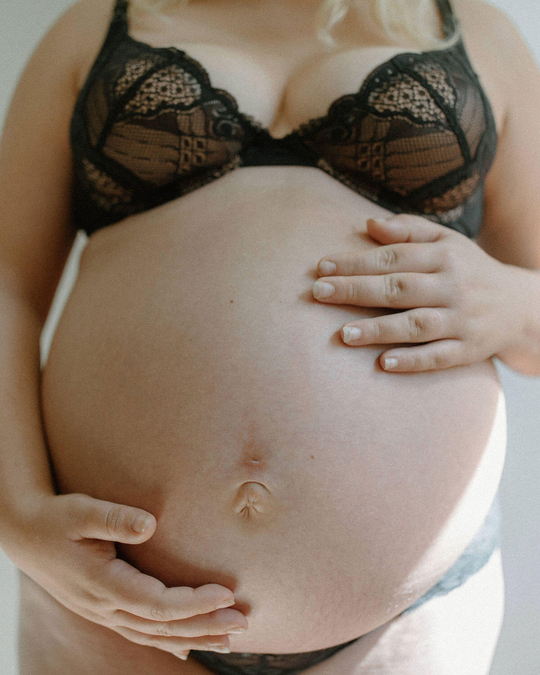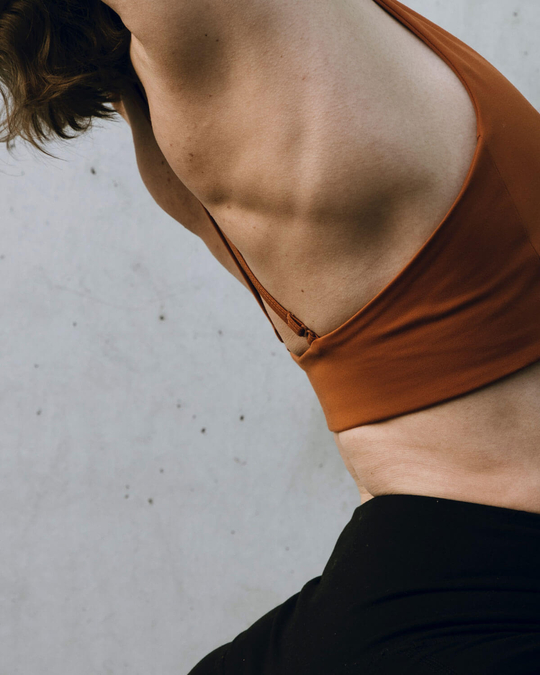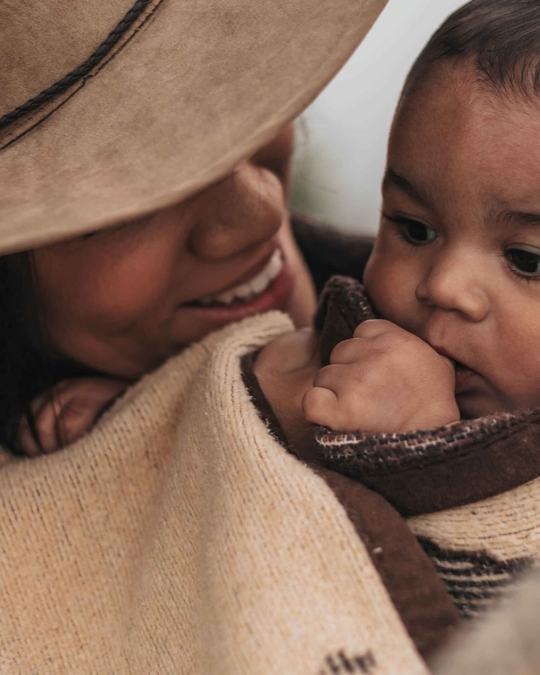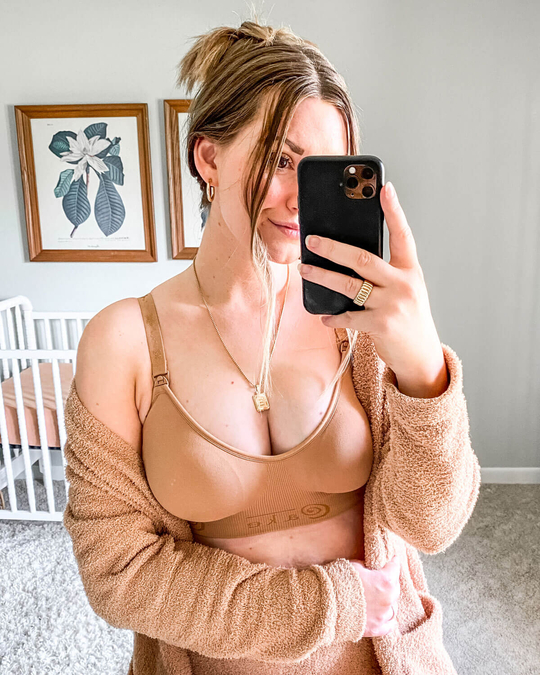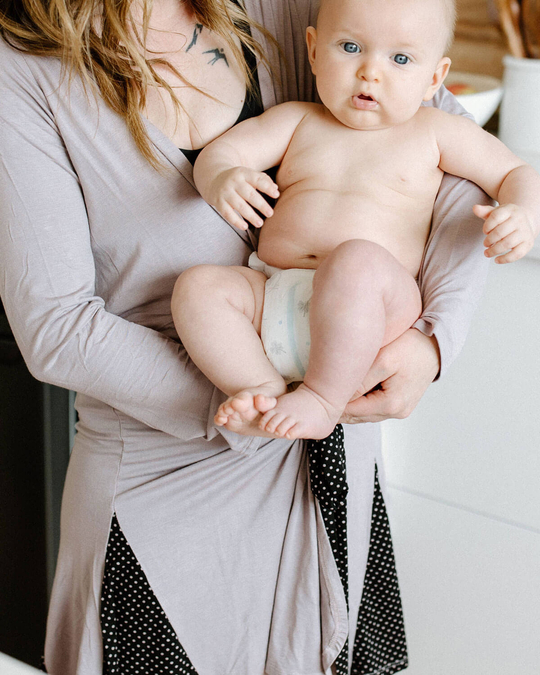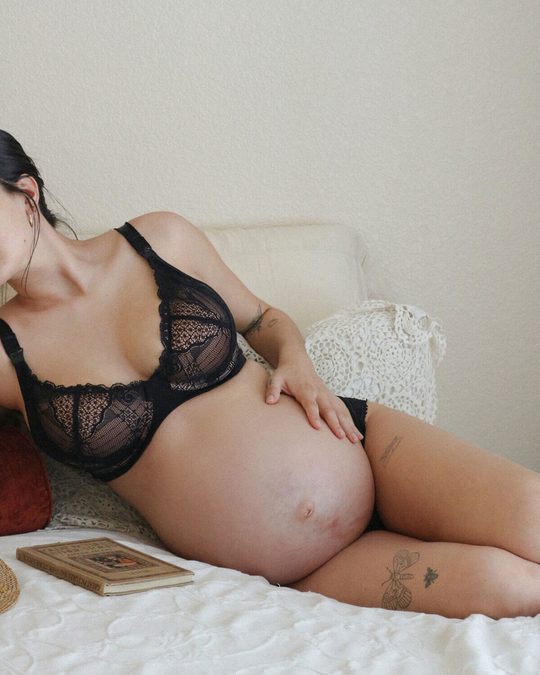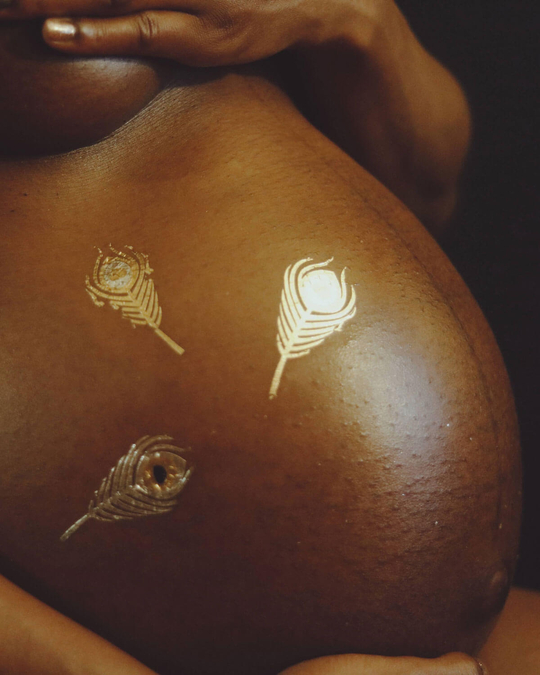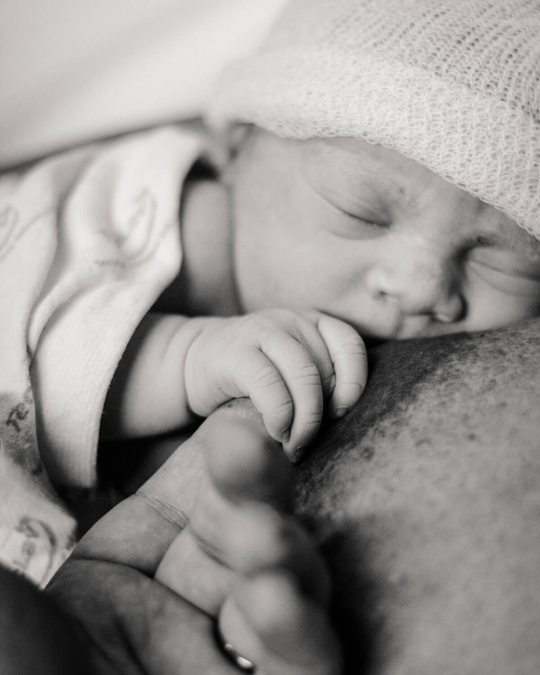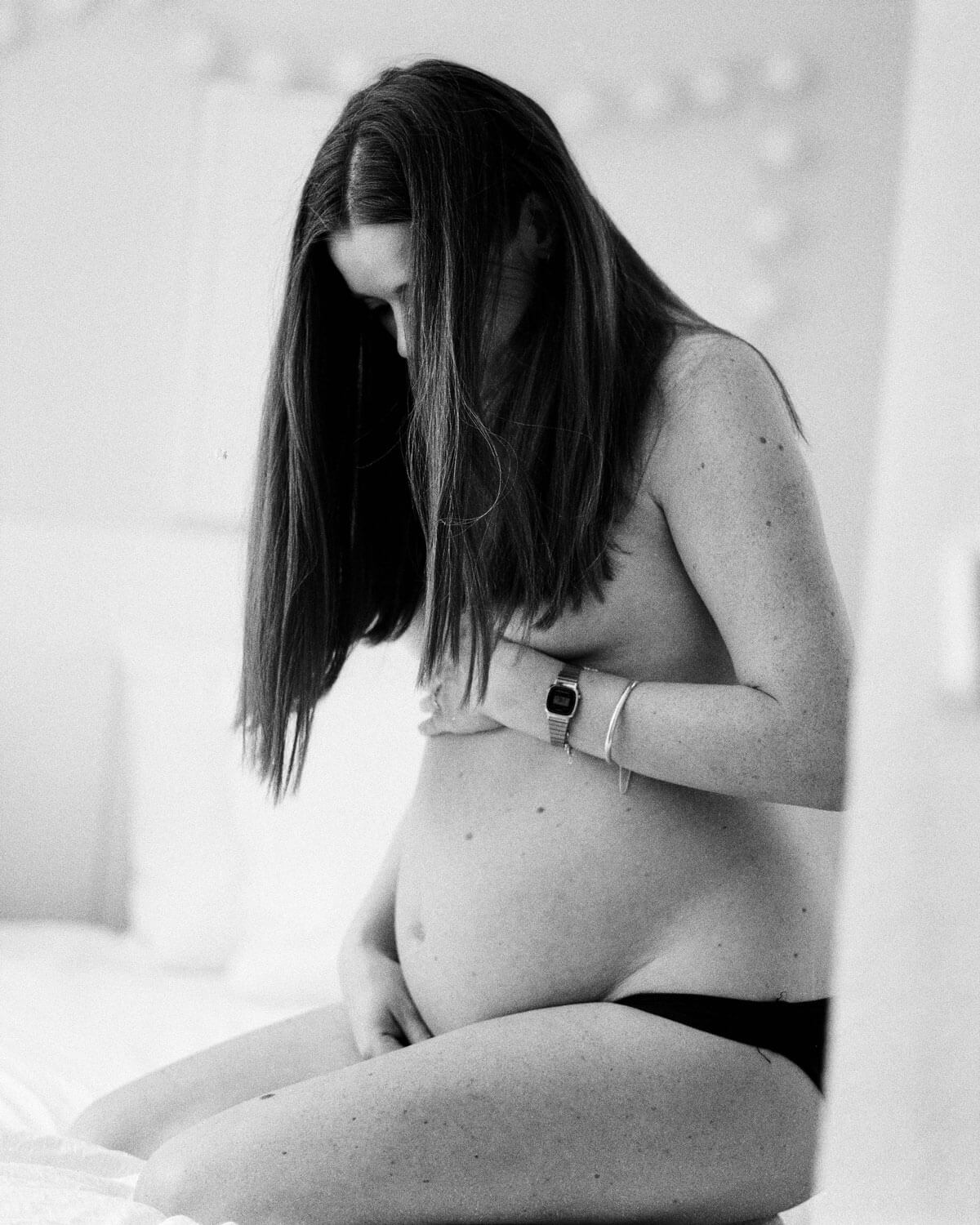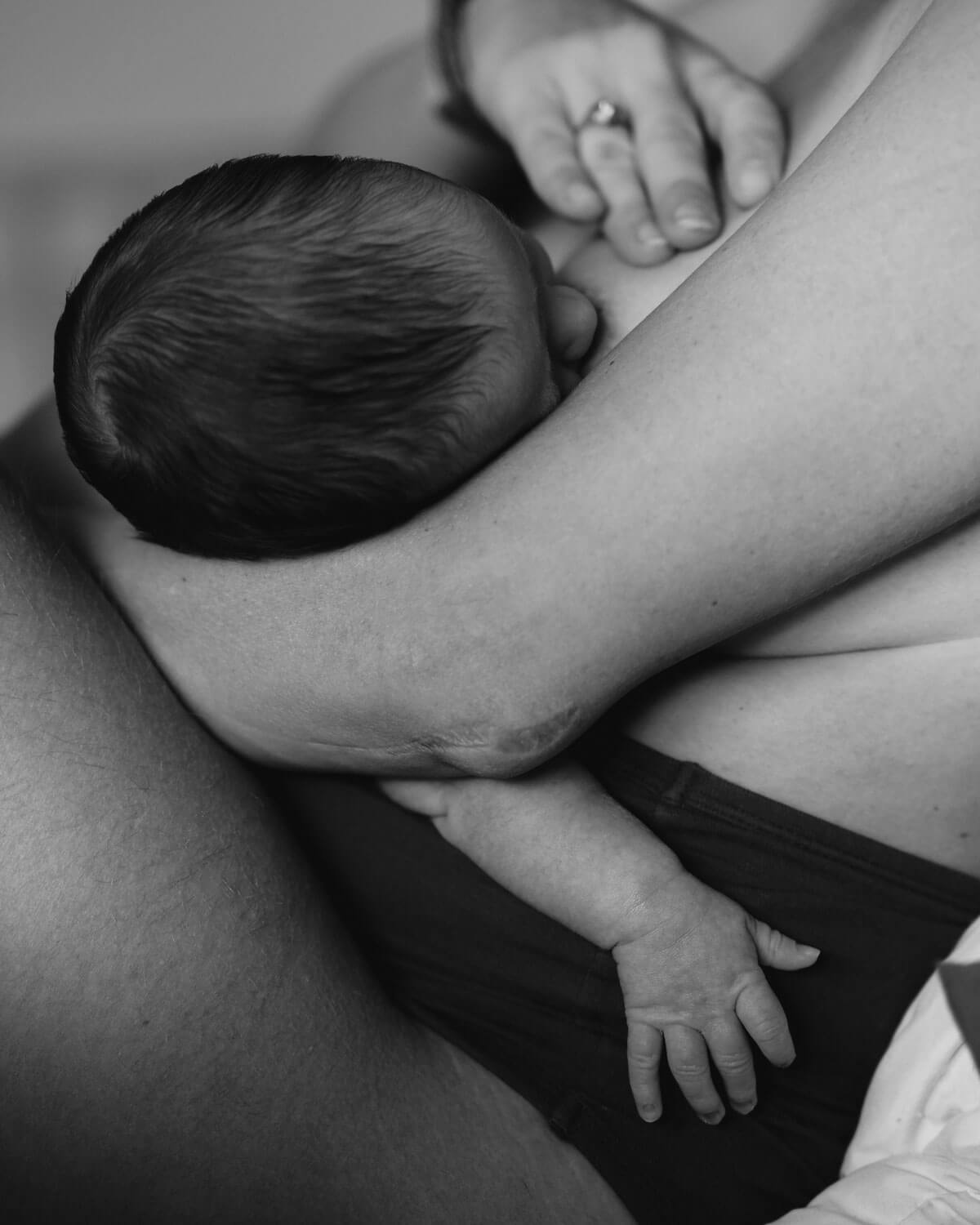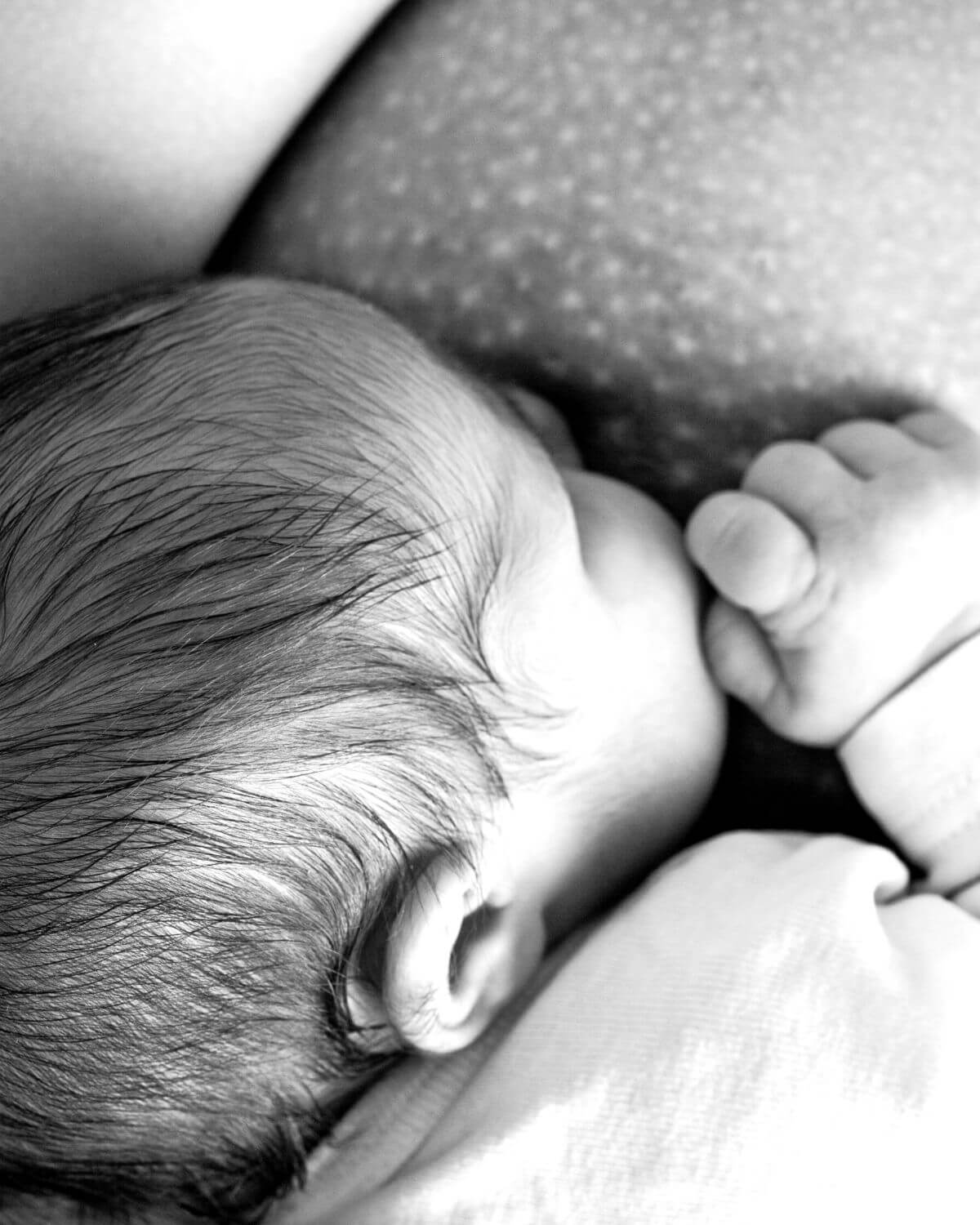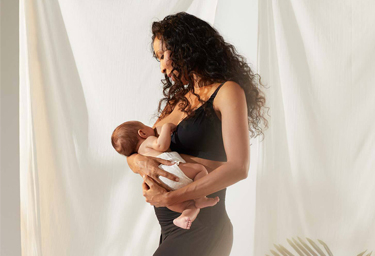In this post we prepare you for the general changes that can take place to your breasts and discuss some of your key questions with possible solutions during pregnancy and breastfeeding.
One of the first tell tale signs that you are pregnant is when your breasts are sore and tender and also can be more full.
Here starts the journey of when your breasts will change the most in your life in such a short amount of time, relatively speaking.
We will map out why your breasts change, what you can expect and how to manage any changes and subsequent pain and discomfort.
Why do my breasts change during pregnancy?
Basically they are changing to prepare for the arrival of your baby.
For the first 9 months your body is feeding and nourishing your baby through your placenta.
Learn more: Pregnancy 101: What Every Pregnant Woman Should Know
After your baby is born, this job is now given to your breasts.
This change takes a steady 9 approximate months and in that time your baby also develops. Pretty amazing, yes!
The hormones that your body produces to make your baby are responsible for your breast changes also.
What breast changes occur during pregnancy and what are the solutions?
Not all pregnancies are the same and not all breast changes are the same either.
Even within the same woman, the breast changes can vary from pregnancy to pregnancy and from left to right also.
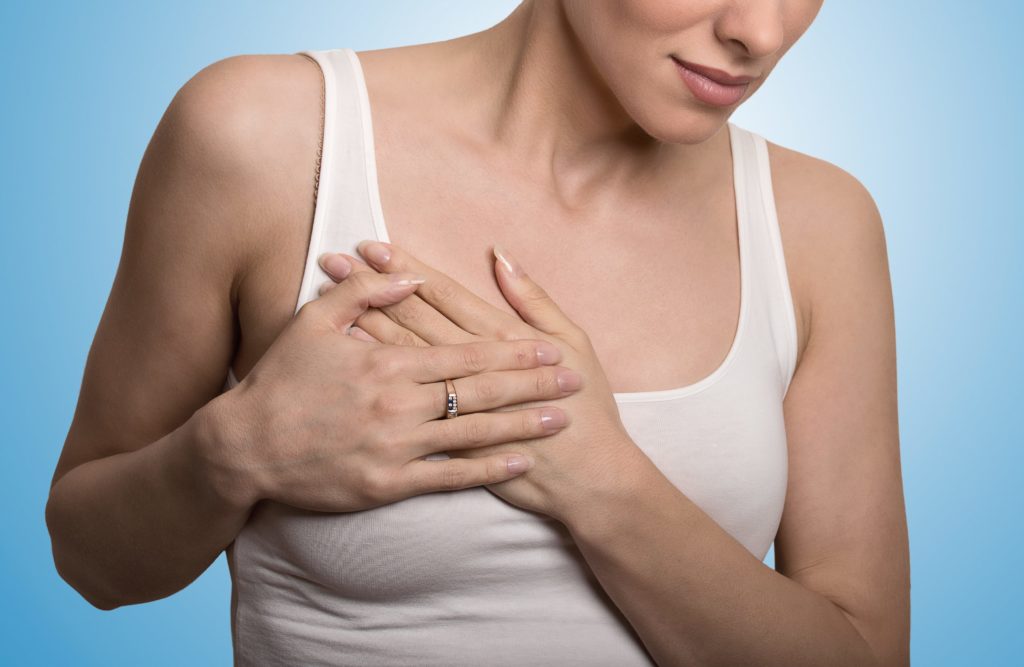
1. Love me Tender
There will usually be tenderness and they may be sore to touch.
Your nipple may be hypersensitive and the skin around can also become tight, sore, itchy or tingly.
Solutions:
- Ditch your wired bras and go for something that will stretch with you and support you. Go for a double layer seamless bra and one that has been produced to ‘Oeko-tex‘ standard. This means there are no harmful chemicals or dyes in your bra that can cause extra irrigation. Try and find one that has 6 hook and eyes so that it will last your pregnancy and be ready for your rib cage to expand.
- Wash your bras and clothes in minimal detergent and rinse them well.
- Avoid rubbing your breasts (sorry dads)
- Keep them supported (even when you sleep) – this can also limit any ligament damage that can occur from the sudden increase in size. Your ligaments are usually not ready for the sudden increase in size and can result in tearing ligaments and that means potential sagging.
Embark on a journey through our collection of pregnancy bras, thoughtfully crafted to provide support and comfort throughout the various stages, from conception to birth.
2. The darkening
Your nipples and areolas may become darker because of an increase in hormones that affect your melanin production.
This can mean you may also experience hyperpigmentation on your face and body, or darkened ‘linea nigra’; the line between your pubic area and your belly button.
Solution:
If you’re conscious about this, then you can wear sunscreen when you are exposed to the sun to attempt to reduce the effects.
Please note that melanocyte stimulation is a secondary result from your hormone production and genetic ethnicity background.
3. You’re so Vein
The veins may also be more visible on your breasts and décolletage – this is due to the increased blood supply to your breasts and your body.
Your milk ducts are also increasing as practice and preparation for your milk supply.
Solution:
Keep your blood healthy by eating lots of green leafy vegetables and if you’re worried about the look of these or vampires, you can wear a colour correcting concealer.
4. Goldmine
Your breasts may start to leak colostrum. Colostrum is a thick yellowish substance and is what is known as ‘liquid gold’ because of its nutritional value for your baby.
Leaking can occur during sexual activity, when you hear/think/see a baby or can happen with manual stimulation (expressing). This usually happens later in your pregnancy.
Solution:
Be prepared; let your partner know that it’s a good sign during your lovemaking and to be ready that it might happen. Also if it doesn’t, it’s not a bad sign either.
If you’re leaking through your clothes and lingerie, you may find absorbent breast pads useful such as cupcake reusable nursing pads. Try and use washable ones, as they are better for the environment.

5. “Is it cold in here or are you just happy to see me?”
Your nipples may be more erect and the areolas may be larger. This is also due to the hormones from your pregnancy.
You may also experience some raised bumps on your areolas that are small glands on the surface known as ‘Montgomery’s tubercles’.
Solution:
Once again these changes cannot be changed but if you are feeling that the changes are too noticeable, you can wear a contour bra or a seamless bra that has removable pads. There are also nipple covers available but these may cause irritation if you are pregnant.
Some of these breast changes will be permanent. Some of these may not occur at all. Every pregnancy is different.
What are the breast changes when you have your baby?
Your breasts change again and very dramatically in a very short amount of time. When your milk comes in for the first time, this can be incredibly painful. Whether you breastfeed or not, your milk will come in.
a) Myth busting: A lot of women do not breastfeed for fear of ‘losing their breasts’ but these changes occur whether you breast-feed your baby or not.
There’s more evidence to prove that if you feed your baby for longer and wean more slowly, the slower change is much better for prolonged breast shape and support. This is compared to those that don’t feed at all or go ‘cold turkey’ after a number of months.
Learn more: How To Master The Art Of Breastfeeding
Women can increase up to 5 sizes from your 9-month pregnancy size in 3 days.
Your ligaments will not be ready for the increase in weight.
Support your breasts! Wear a supportive bra at all times.
A milk-laden breast can weigh up to 33% more than a normal breast of the same size.
Solutions:
Massage your breasts in an inward stroking movement whilst having a warm shower to stimulate the flow. Apply heat compress and cold compress to relieve the inflammation.
Wear a supportive yet stretchy seam free, wire free bra.
Get advice from a lactation consultant, doula, GP or midwife for the best breastfeeding advice. Be ready with your breastfeeding plan, just like you had a birthing plan.
b) More contractions:
Not only is the breast increase painful as it’s a sudden influx of hormones, milk and colostrum but this is all linked to your uterus.
When your baby suckles, this can stimulate your uterus to contract and can sometimes feel as strong as a laboring contraction. Uterus contracting is a good thing by the way.
Solution:
Relax and be prepared for when this may occur. A lot of women do not know about this and think that something is wrong with their womb or abdomen. Although if pains persist – see you doctor.

What Will Happen After Breastfeeding?
Because of the amount of increase in you breast size during pregnancy and breast-feeding – please note, not because of the breastfeeding part – your breasts will naturally be less inflated.
They may not seem to be as full as prior to becoming pregnant. They may seem more elongated due to the skin and ligaments stretching because of the weight and size increase.
Solutions: Wear a bra throughout your pregnancy and breastfeeding journey that is supportive and comfortable. Always make sure your straps are adjusted so that your bra is working for you and you’re not just following it around the room.
Strengthening exercises are good for your pectoral muscles as is nature’s way of lifting your baby. If you’re tired of doing push-ups, try these chest exercises.
When to seek medical advice:
If breastfeeding is painful; it should not be painful but if done performed properly can be, please consult your GP or lactation consultant immediately.
If you have red sore lumps or bumps that could be the start of mastitis or a blocked duct. Try to massage the breast to release the flow and use heat compresses to reduce the pain.
Just because you are pregnant or breastfeeding does not mean you should not still do monthly personal breast checks.
Breastfeeding is known to decrease your chances of breast cancer but does not eliminate it. It’s best to continue your breast checks regularly.
Don’t miss: Body Changes During Pregnancy
Like this post? Follow Cake Maternity on Facebook to get the latest updates!
—
Disclaimer: Cake does not provide medical advice, diagnosis, or treatment. Any information published on this website or by this brand is not intended as a substitute for medical advice, and you should not take any action before consulting with a healthcare professional.
LIKE WHAT YOU READ?
Join CakeMama Club & get 10% OFF your first order!
Plus you’ll get tips + tricks for pregnancy, postpartum & breastfeeding, get member-only offers, earn CakeCoins every time you shop + more. Learn more







